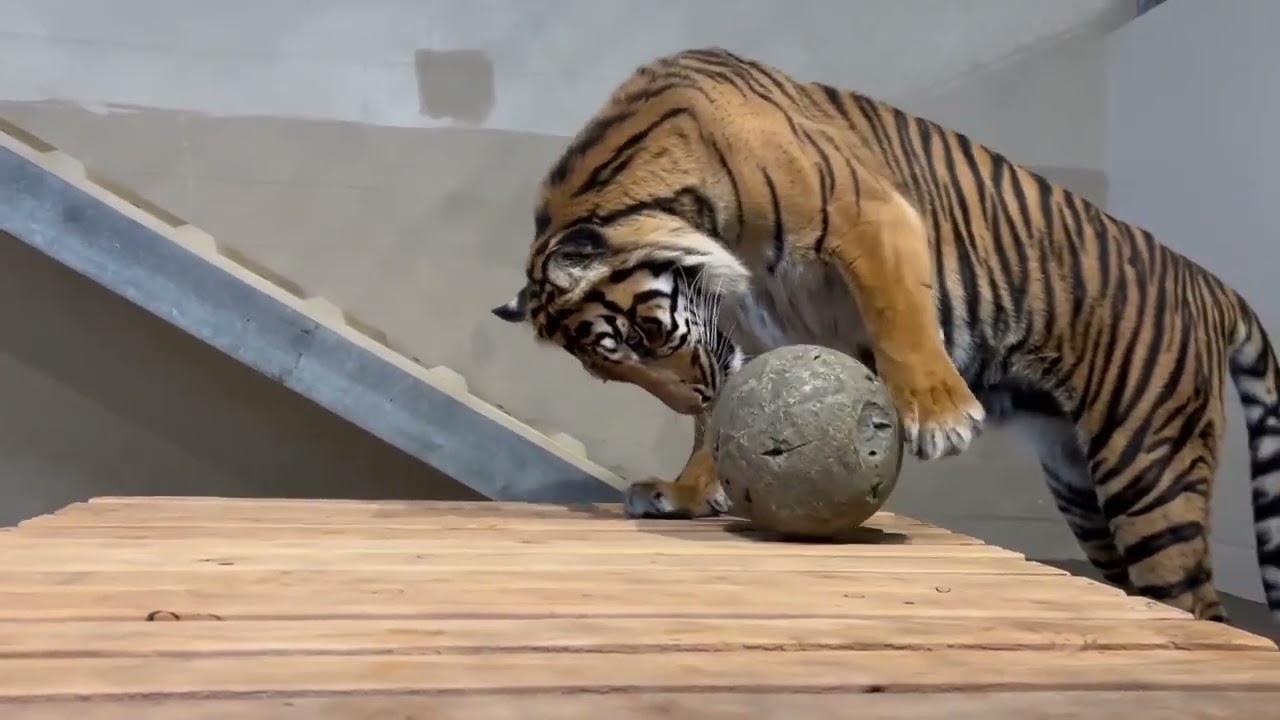– The significance of enrichment items like Clawbreaker for captive tigers
– The behavioral and psychological benefits of enrichment for big cats
– How enrichment activities aid in zoo management and wildlife conservation efforts
– The role of technology and innovation in developing effective enrichment tools for captive wildlife
Enrichment items such as Clawbreakers play a vital role in the wellbeing- of captive tigers. These tools are specifically created to stimulate the animal’s natural behaviors, providing physical and mental challenges essential for their overall health. By introducing objects that require manipulation or problem-solving, zoos can significantly enhance the quality of life for the majestic creatures in their care.
The behavioral and psychological benefits of enrichment for big cats cannot be overstated. In the wild, tigers spend a significant amount of time hunting and patrolling their territory, activities that engage their minds and bodies extensively. In a zoo setting, however, lacking these natural stimuli can lead to boredom, stress, and health issues like obesity. Incorporating enrichment items like Clawbreaker encourages tigers to exercise, explore, and engage with their environment in ways that mirror their wild instincts. This supports their physical health by promoting activity and contributes to their cognitive wellbeing by providing problem-solving and skill-use opportunities.
From a zoo management perspective, implementing effective enrichment programs is critical. These initiatives are integral to meeting the accreditation standards set forth by zoo and aquarium associations worldwide, emphasizing the importance of providing care that reflects an understanding of the species’ natural behaviors and needs. As such, using enrichment items is key to exhibiting commitment to animal welfare and conservation education. Additionally, these activities offer a unique opportunity for visitor engagement, allowing the public to observe animals behaving as they would in their natural habitats, thereby fostering a deeper connection and appreciation for wildlife.
Regarding wildlife conservation efforts, enrichment significantly prepares captive-bred individuals for potential release into the wild. By simulating conditions similar to their natural environment, enrichment can help these animals develop the necessary skills and behaviors for survival outside of captivity. This aspect of zoo management is critical for endangered species like tigers, where conservation programs aim to bolster wild populations through carefully managed reintroduction strategies.
Developing innovative enrichment tools such as Clawbreaker reflects advancements in technology and knowledge within zoo management and wildlife conservation. Today, zoos collaborate with scientists, behaviorists, and technology experts to create dynamic and varied enrichment strategies that address the specific needs of the animals in their care. This collaborative approach allows for constantly introducing new and improved enrichment methods, ensuring that captive wildlife benefits from the latest research and innovations.
Enrichment items like lawbreakers are fundamental to modern zoo management and wildlife conservation. These tools provide essential benefits to captive tigers’ behavioral and psychological health, contribute to the overall goals of wildlife conservation, and enhance the educational experience for zoo visitors. By prioritizing developing and implementing effective enrichment programs, zoos play a critical role in safeguarding the wellbeing of the magnificent animals under their care and advancing efforts to preserve our planet’s breathtaking biodiversity.
*****
Source Description
Kali, the 10-year-old Sumatran tiger, received a paw-some surprise for enrichment behind the scenes – the “clawbreaker” is a 14-pound giant catnip ball! 🐯
📹: Keeper Katie


